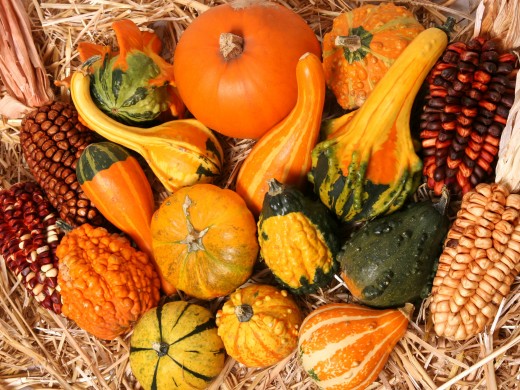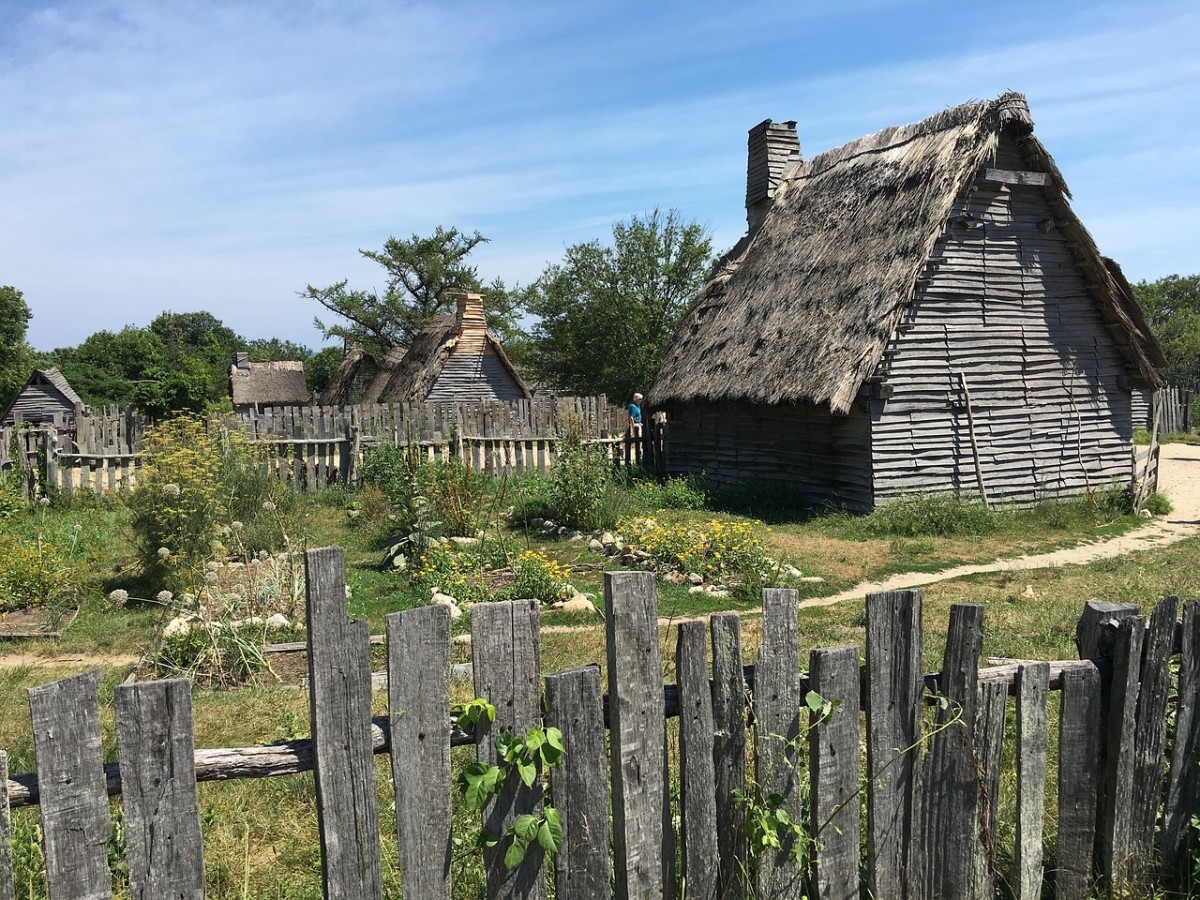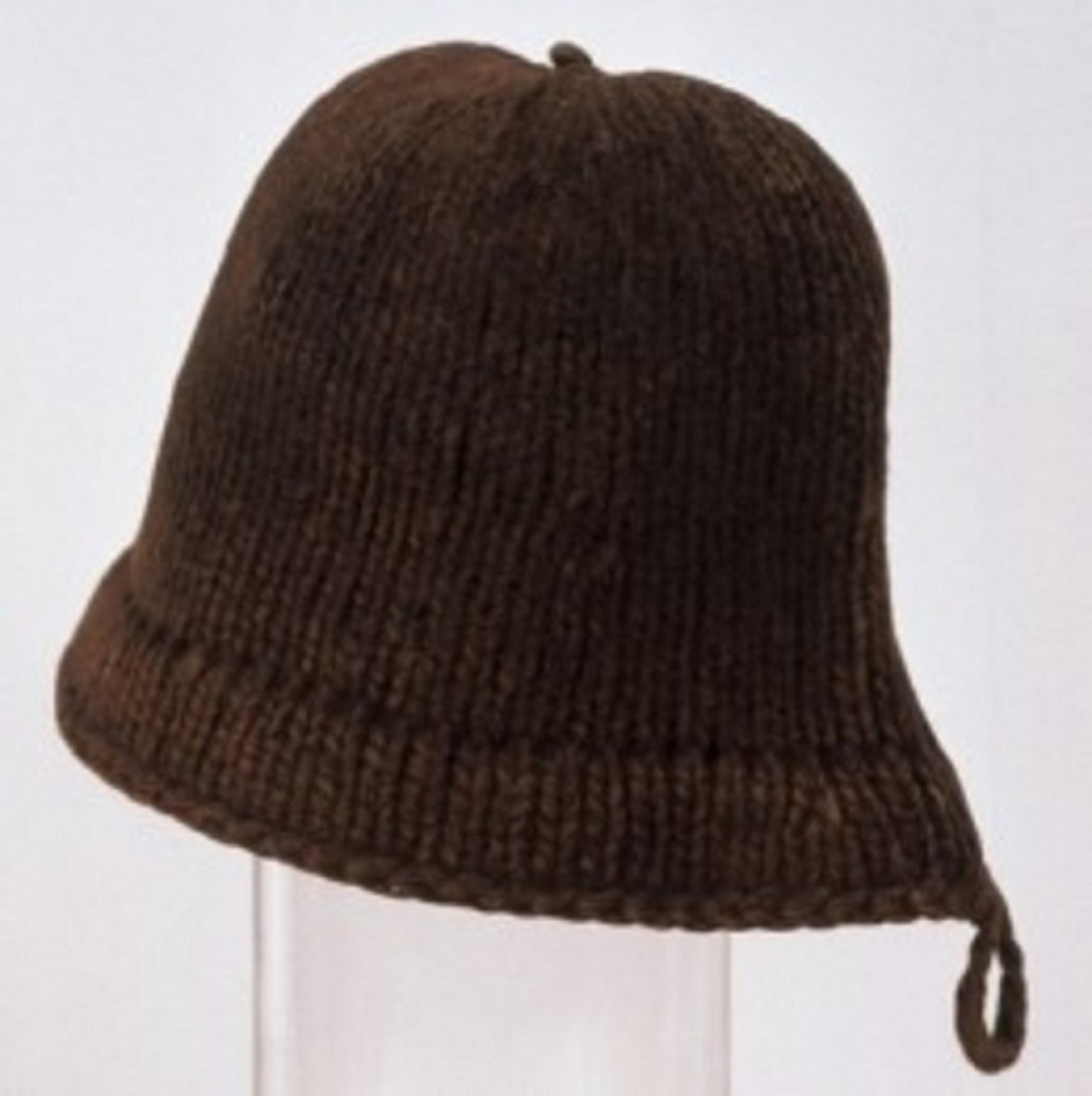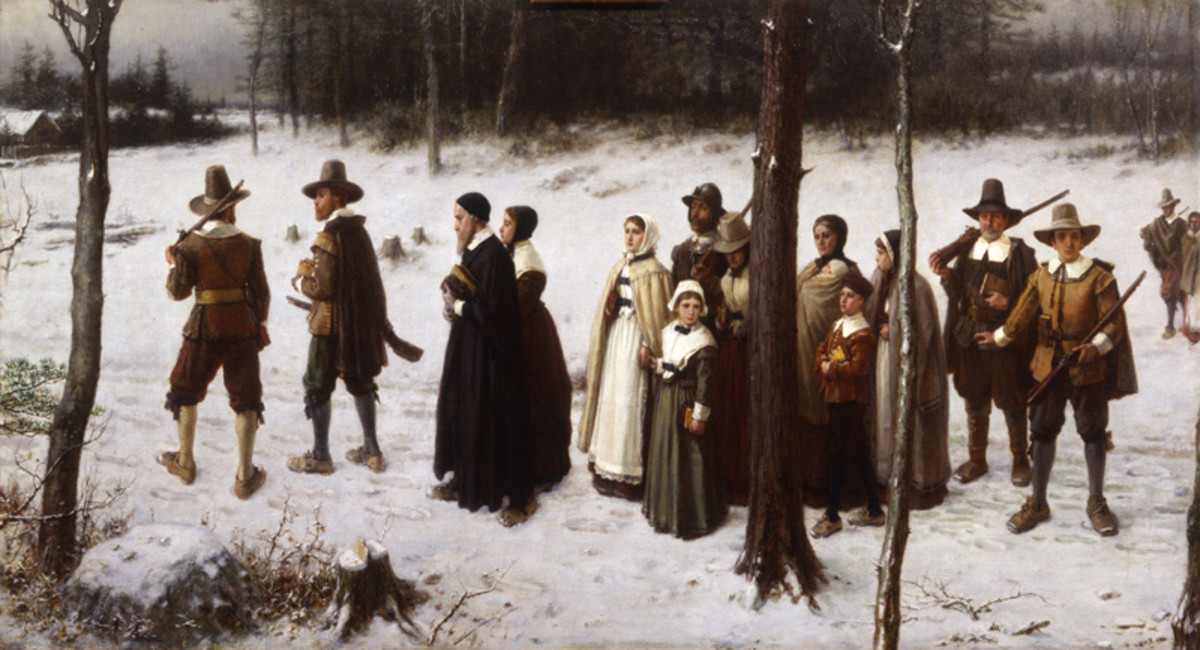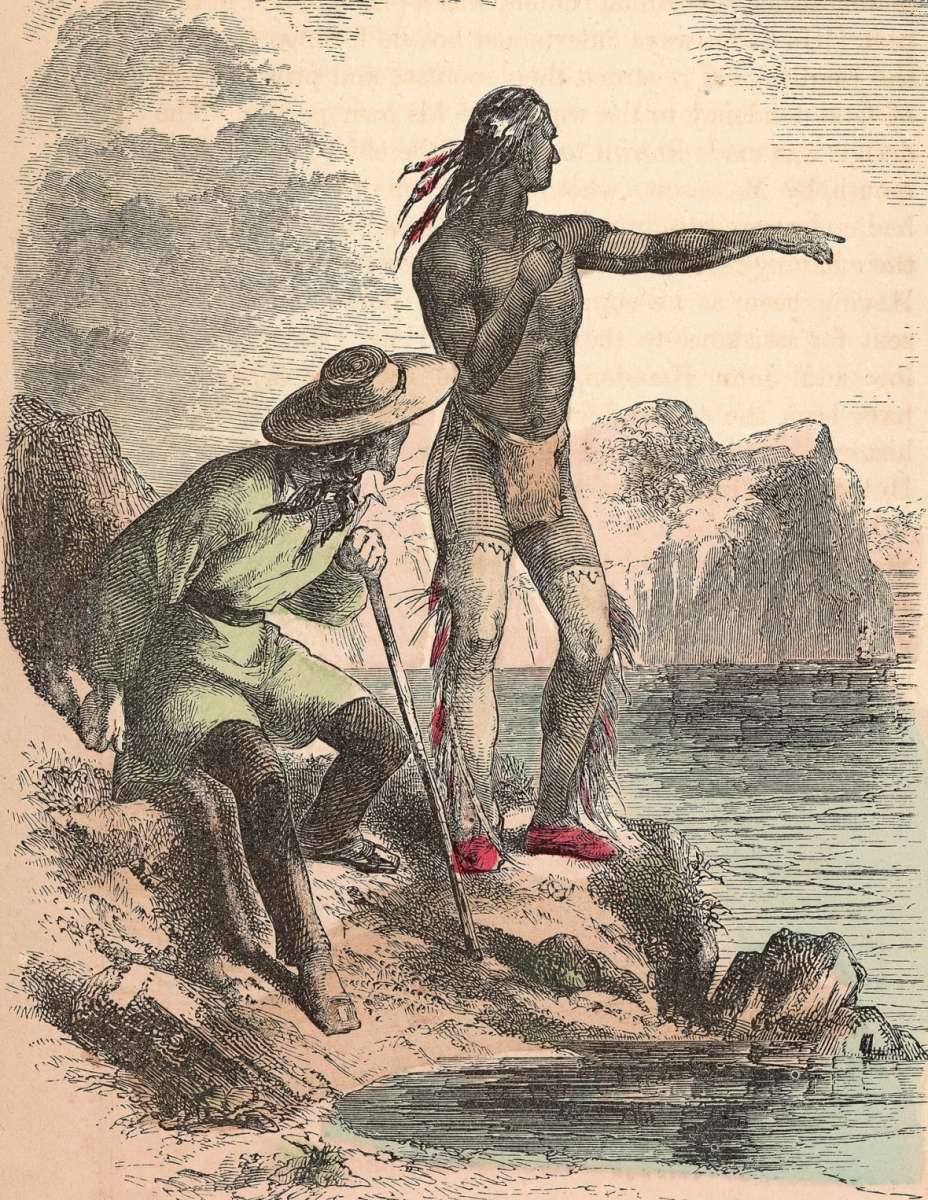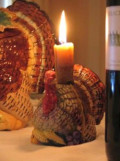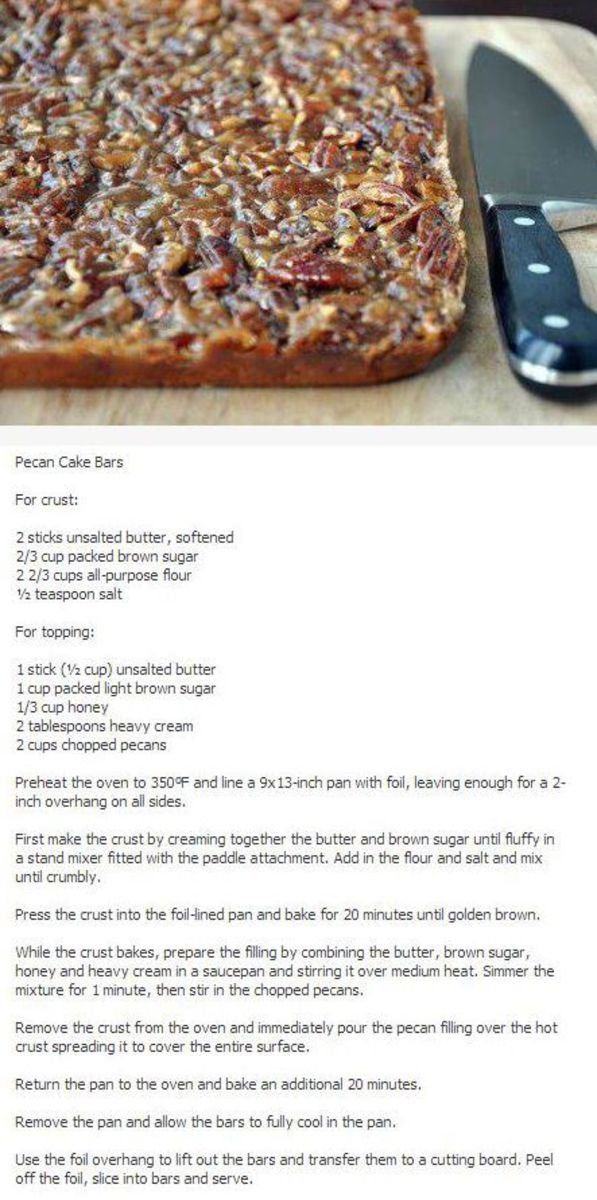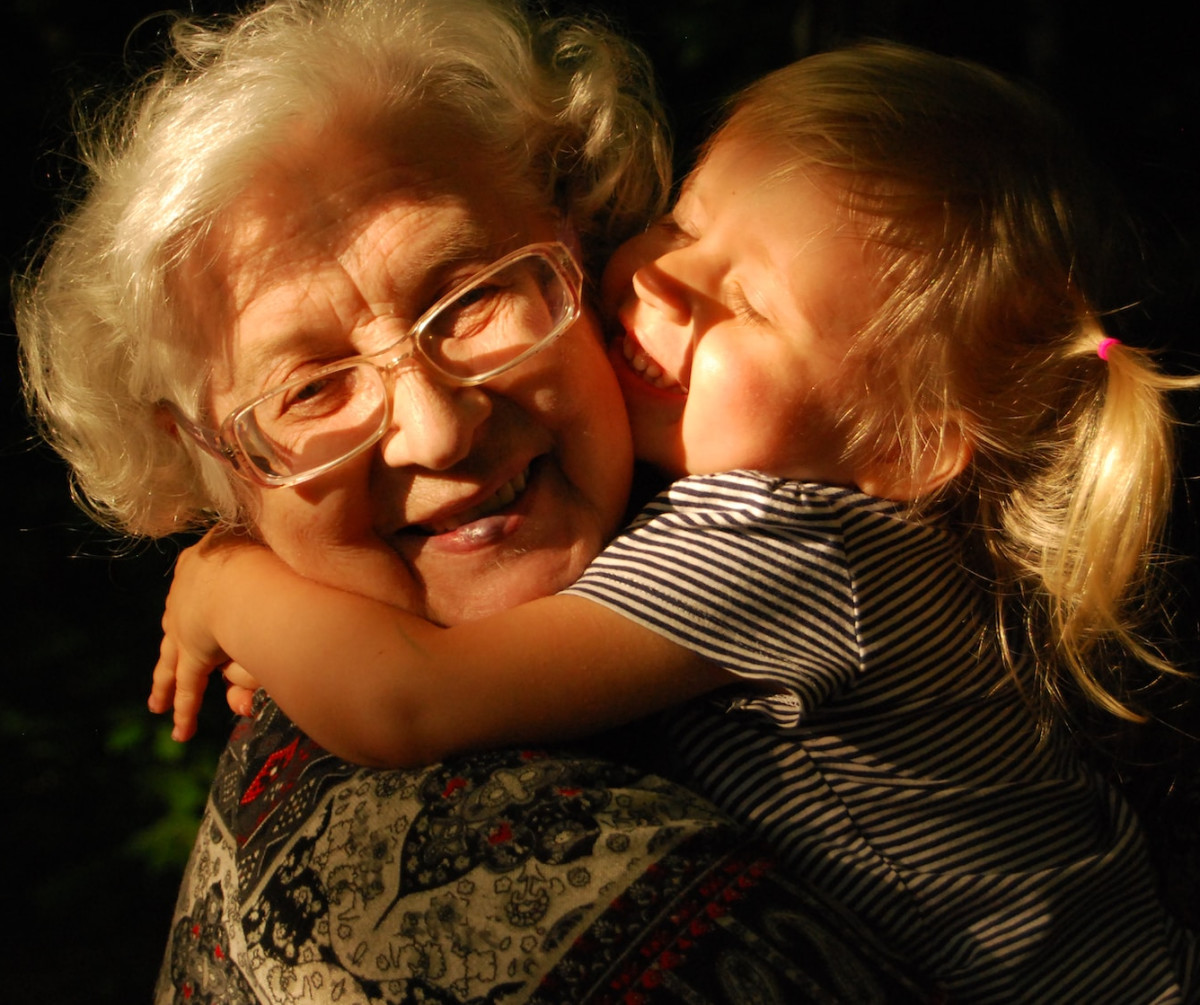The First Thanksgiving: What was on the Menu?
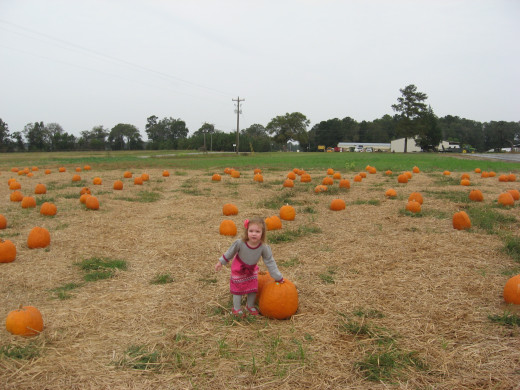
What was the first Thanksgiving really like? Everything you learned as a kid in school might not actually be true. This year, as you gather round the family feast, you might want to take a moment to remember the event that started the whole thing. Most Americans know something about the first Thanksgiving feast in 1621. It was a joint effort made by the European colonists at Plymouth and the local Native Americans, the Wompanoag. The celebration lasted for several days, and it included games, dances, singing, foot races, and shooting competitions, along with lots of food. It was a virtual Pilgrim throw-down - not the solemn religious event that we often think of the settlers hosting.
The 1621 event was actually more of a harvest celebration than one of thanksgiving. The colonists were so glad that their corn crop that year was successful, they felt like partying. In view of the horrors of the previous winter, it's no wonder the group was joyous. The Pilgrims landed at Plymouth on December 21, 1620, and the able-bodied men began building houses of wooden strips, soil, and straw. Most of the company remained on ship, however. That winter was brutal. The group left Europe with 102 hopeful settlers, but after disease and the elements took hold, only 57 were left alive to move into the structures built at Plymouth.
In March of 1621, a leader of the Wampanoag tribe, Samoset, ventured into the Pilgrim encampment and gave them a welcome. He knew some English, and he agreed to bring back Chief Massosoit and Squanto, who spoke English fluently. A few days later, Massosoit, Squanto, and a few other members of the Wampanoag tribe arrived to meet with the Pilgrims.
The relationship between European whites and the nearby Native Americans was strained, at best. Englishmen had killed some of Massasoit's men for no reason, and Squanto had been kidnapped by an Englishman. The Native Americans were also aware of the Pilgrim's plunderings of gravesites and their theft of corn. Nevertheless, the Native Americans were willing to enter into a peace treaty with the whites. In fact, Squanto remained behind in order to teach the Pilgrims important survival skills. That spring, the Pilgrims planted corn, and the crop was successful. What we usually think of as "The First Thanksgiving" was really a harvest festival, which had been a common event in England.
Historians believe that the Native Americans weren’t actually invited to that first feast. They just showed up to investigate what all the shooting was about. They were concerned that their new neighbors were about to break the peace treaty and ready to start a war with them. Once they realized the Europeans were killing game for a feast, they got in on the action and added their own contributions.
What we don’t know for sure was exactly what was on the dinner menu for that first Thanksgiving. Historians are certain of only two elements to the meal: wildfowl and venison. We know this information because of Edward Winslow’s A Journal of the Pilgrims at Plymouth. Winslow stated that four of their men were sent bird hunting and killed enough birds to feed the group for a week. He relates that almost a hundred Indians showed up, along with Chief Massasoit, and they provided five deer to add to the table. The colonists entertained the Indians for three days, with games, music, and feasting.
Okay. We know they had deer meat, and the wild fowl probably included wild turkeys, cranes, eagles, swans, partridges, geese, and a variety of ducks. What else did they find on the dinner table? Much of the meal most likely consisted of seafood. We know that the local waters provided fish like cod and bass, which could have been eaten fresh or dried and cured with salt. The ocean and adjacent rivers also provided lobsters, oysters, mussels, clams, and eels. Seals also frequented the waters near Plymouth, and they provided a food source, as well. Rabbits from nearby fields and woods probably ended up on the table, too, along with squirrels and any other small game they hunters happened upon in the woods.
Most historians state that the colonists had brought chickens, pigs, and goats with them on their voyage to the New World, but we don’t know how many of these were left after that first winter. If any hens were still alive by the autumn of 1621, the first Thanksgiving could have included eggs and roasted chicken. If any of the goats had survived, cheese could have graced the dinner table, also. If they still had pigs to butcher, the feast might have included roasted pork or salted and cured hams.
Most of the grain they had was in the form of corn, which by that time of the year would have been dried and ground into meal. The cornmeal could have been used for simple breads, and it was almost certainly used as a thickening agent in other dishes, like stews, puddings, and sauces. Likely vegetables would have included pumpkins, which were generally made into a stew. Other vegetables available were dried beans and peas, along with cool weather crops like lettuces, collards, turnips, spinach, parsnips, radishes, squashes, cabbages, carrots, and onions.
Fruits available at the time were white and red grapes and plums, along with blueberries, which would have been dried. The Wompanoags and the colonists sometimes used cranberries in their cooking to add tartness, but they almost certainly weren’t made into jelly – the pilgrims had brought sugar with them from Europe, but it was most likely gone by the time of the feast. If any sugar remained in their stores, it would have been too highly prized to use for jelly. The fruits might have been sweetened with honey or maple syrup, however. The meal was probably rounded out with walnuts, hickory nuts, chestnuts, and acorns from the nearby forests.
Most of the dishes were probably seasoned with salt, cinnamon, ginger, liverwort, leeks, nutmeg, and pepper. The colonists probably still had some olive oil left from their stores, which would have been a part of the cooking. In addition, the Native Americans perhaps added dried native herbs and roots to otherwise bland dishes to season them, including sassafras leaves and roots, which were often made into a tea-like beverage.
If you want to have a real traditional Thanksgiving this year, forget about the mashed potatoes, sweet potatoes, pies, and cakes. Instead, serve eels, roasted crane, dried beans, and stewed pumpkin. And no football games or Macy's Parade on TV, either. Challenge your pals to a foot race for traditional entertainment. Go outdoors and fire your guns into the air. This way, you’re sure to be relieved of your hosting responsibilities next Thanksgiving!
More tips for holidays and entertaining:
- Oyster Dressing Casserole
This is a great recipe for Thanksgiving, Christmas, or any time you want to enjoy the unique flavor of oysters. This casserole is simple to make, and because it uses only a few ingredients, the natural... - Easy Christmas Crafts: Salt Dough Ornaments
Have you ever thought about making your own Christmas ornaments? Salt dough is a wonderful medium for ornaments that requires no special skills and little expense. In fact, you most likely have the... - The Best Smoked Turkey Ever!
Mmmmits almost that time of year again Turkey Day! This is certainly an appropriate nickname for Thanksgiving since many, many families across the U.S. will be cooking and enjoying a big bird.... - How to Make Real Old-Fashioned Southern Cornbread Dressing: Step by Step
This is an old recipe for real Southern cornbread dressing the kind my mother and grandmother always made at Thanksgiving and Christmas. If you're searching for a low-calorie or low-fat recipe, THIS... - A Shortcut to Homemade Christmas Ornaments
Tired of using the same old ornaments year after year? Why not make your own this Christmas? Okay, lets say you're not particularly artsy-craftsyno problem! Dont start from scratch. Just... - Hottest Toys for Christmas 2009: Girls 4-12
Got a girl on your Christmas list between the ages of four and twelve? If so, have you thought about what you'll get the little princess? As usual, many of the most popular toys for Christmas this year will... - How to Pair Wines with Seafood
For many years, the hard and fast rule was to always pair fish and seafood with white wines. No doubt this is a pretty good rule of thumb, but today's wine drinkers are a little more adventurous. Now,...
